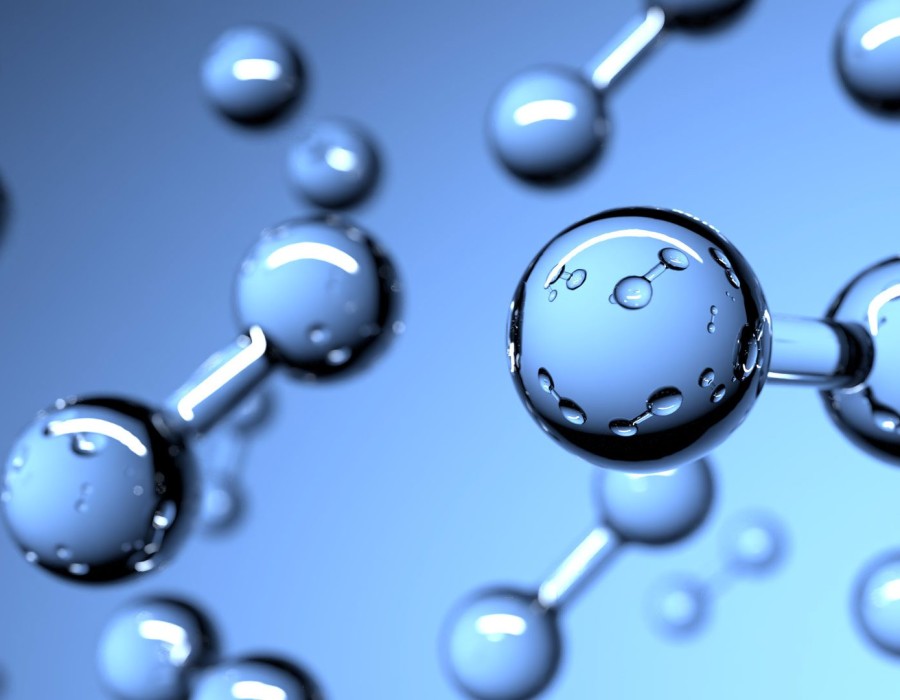How is hydrogen produced for industrial use?

- Steam Methane Reforming (SMR): Reacts methane (natural gas) with steam under high pressure to produce hydrogen and carbon monoxide.
- Partial Oxidation: Oxidizes hydrocarbons (such as methane) with oxygen to generate hydrogen and carbon monoxide.
- Coal Gasification: Converts coal into hydrogen, carbon monoxide, and carbon dioxide by reacting coal with oxygen and steam at high temperatures.
- Electrolysis of Water: Splits water into hydrogen and oxygen using an electric current, often powered by renewable energy sources.
- Biomass Gasification: Heats organic materials (biomass) in the presence of controlled oxygen or steam to produce hydrogen.
- Thermochemical Water Splitting: Uses high temperatures, often from solar or nuclear sources, to split water molecules through multiple chemical reactions.
- Photobiological Water Splitting: Utilizes photosynthetic microorganisms (such as algae) to produce hydrogen using sunlight.
- Photoelectrochemical Water Splitting: Combines semiconductor materials and sunlight to directly split water, merging aspects of photovoltaic and electrolysis technologies.
- Methanol Reforming: Reacts methanol with steam to produce hydrogen and carbon dioxide, useful for on-site production in smaller quantities.
- Ammonia Cracking: Breaks down ammonia into nitrogen and hydrogen, serving as a potential method for hydrogen production where ammonia is available.
Created by: Salasar Carbonics
Recommended





Comments